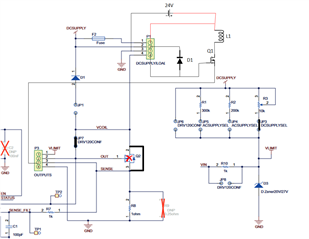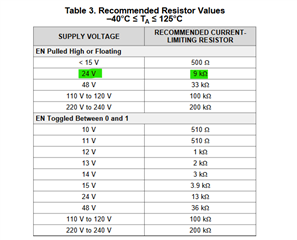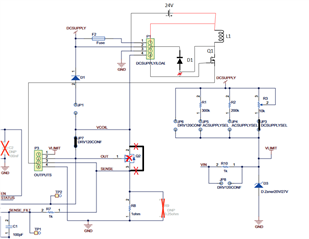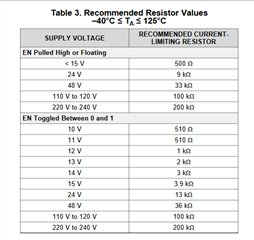Other Parts Discussed in Thread: DRV110
Dear Specialists,
My customer is evaluating DRV110EVM and has a question.
I would be grateful if you could advise.
---
When DC24V is input, it does not transition to hold current.
Up to 18V, the peak current changes to the hold current.
Could you please see attached waveform
Image of Vin voltage ① and current waveform ④ when DC24V is applied (DC24Vin.png) and DC18V is applied (DC18Vin.png)
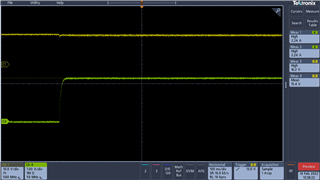
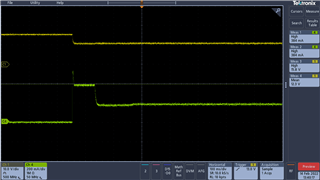
JP3 is short-circuited by applying DC24V from DCSUPPLY.
R3 = 9kΩ, ROSC = 200kΩ, RHOLD = 100kΩ, RPEAK = 150kΩ are set.
No other changes have been made.
Could you please let us know what could be the cause
Is the device broken?
---
I appreciate your great help in advance.
Best regards,
Shinichi


